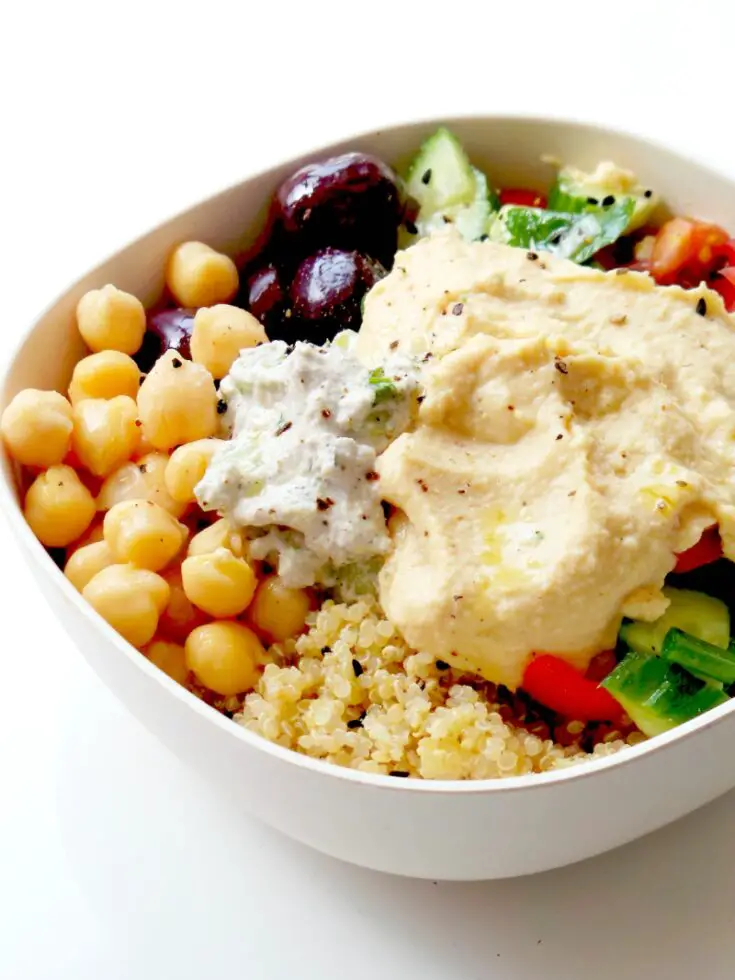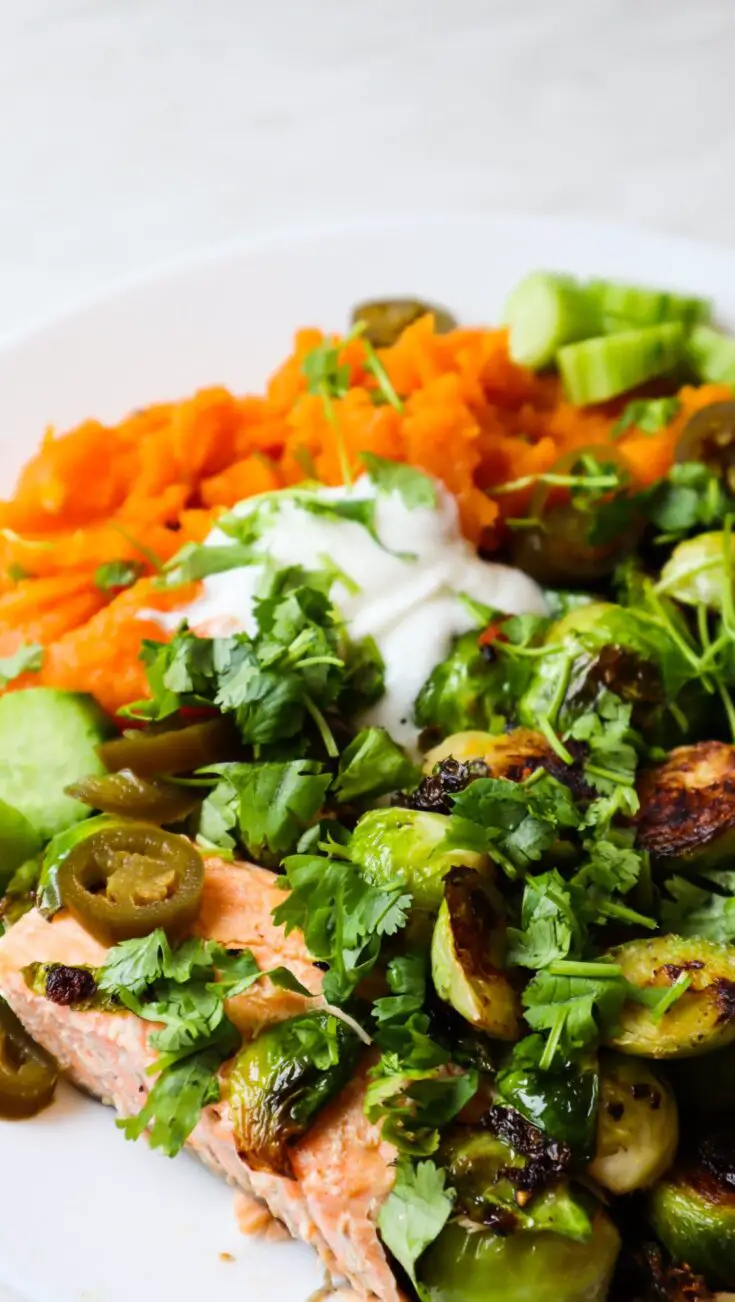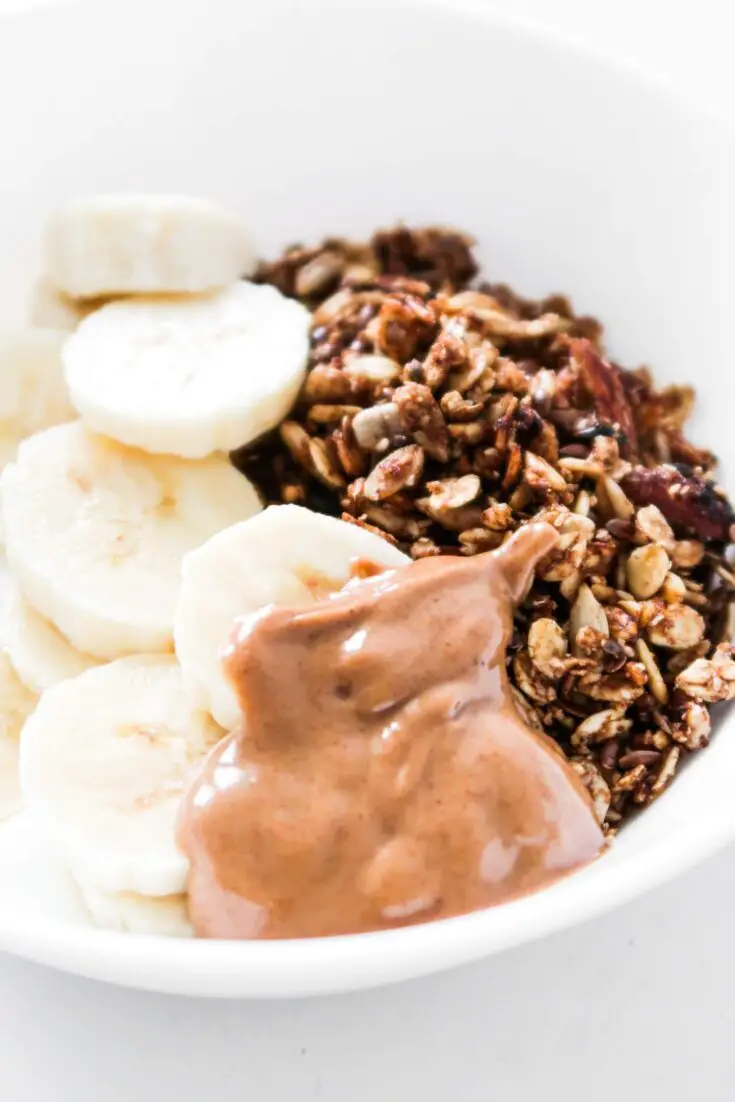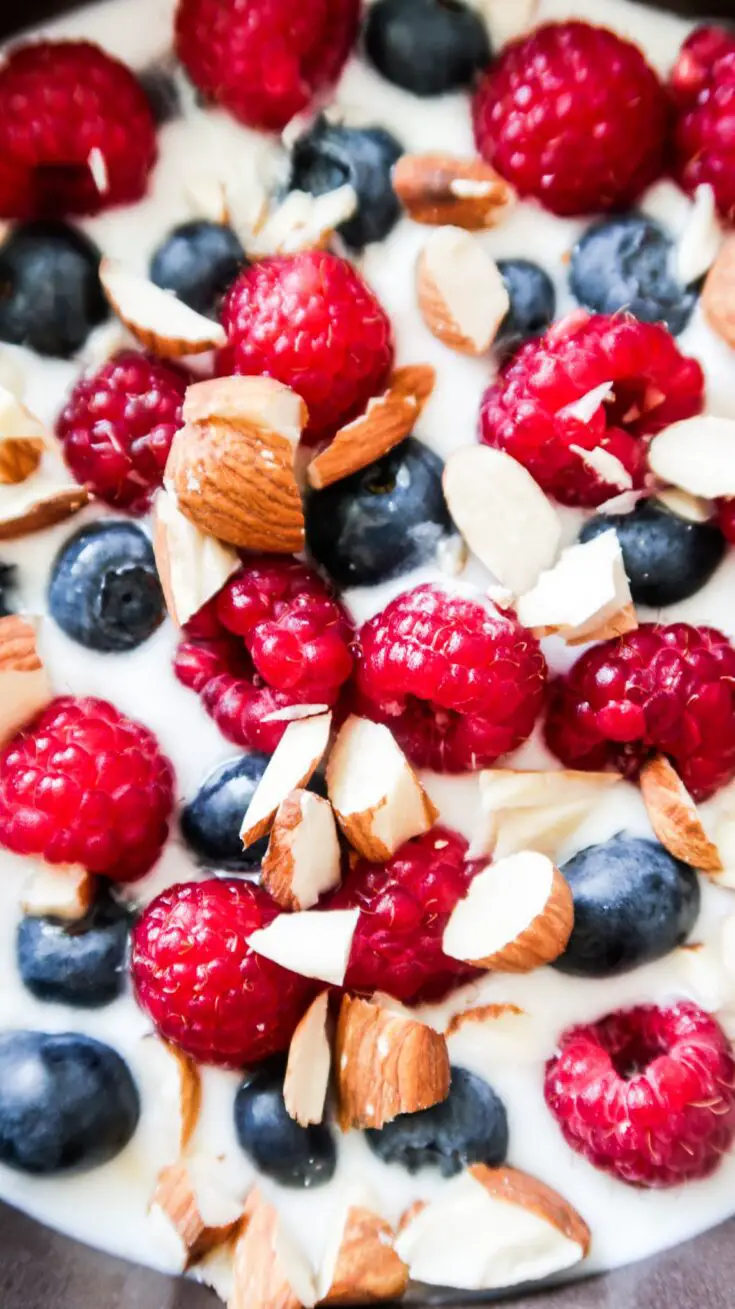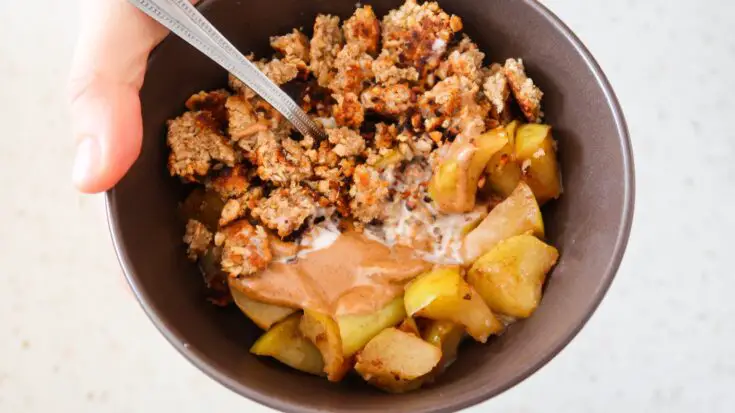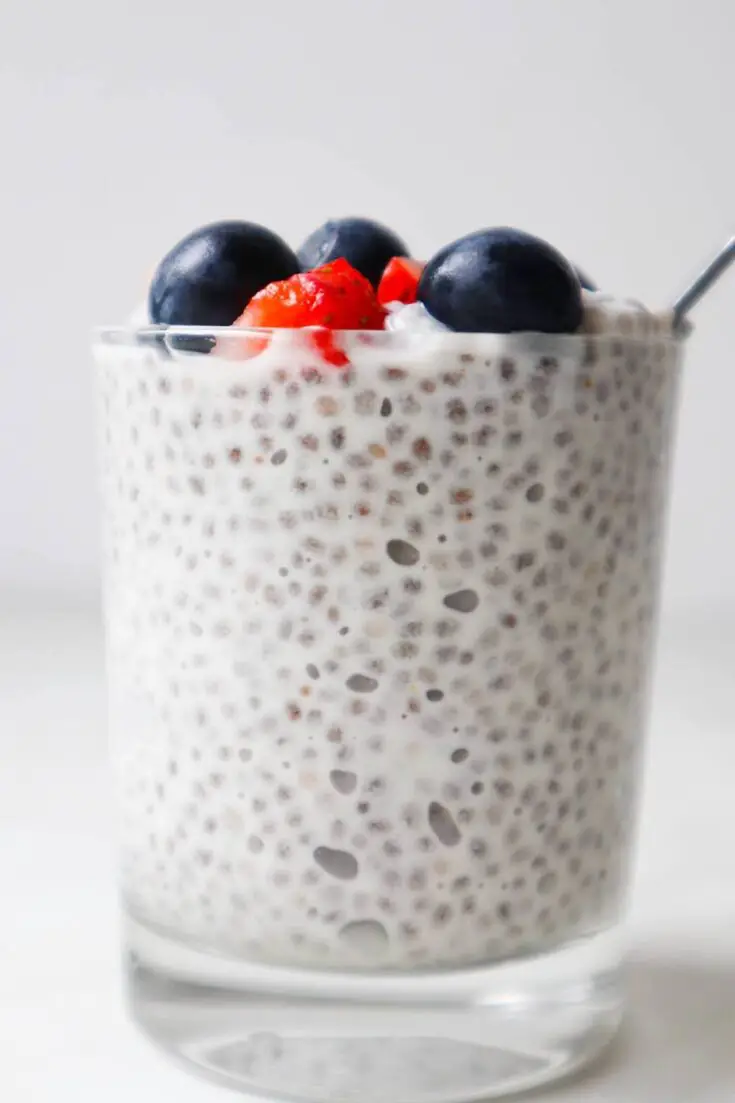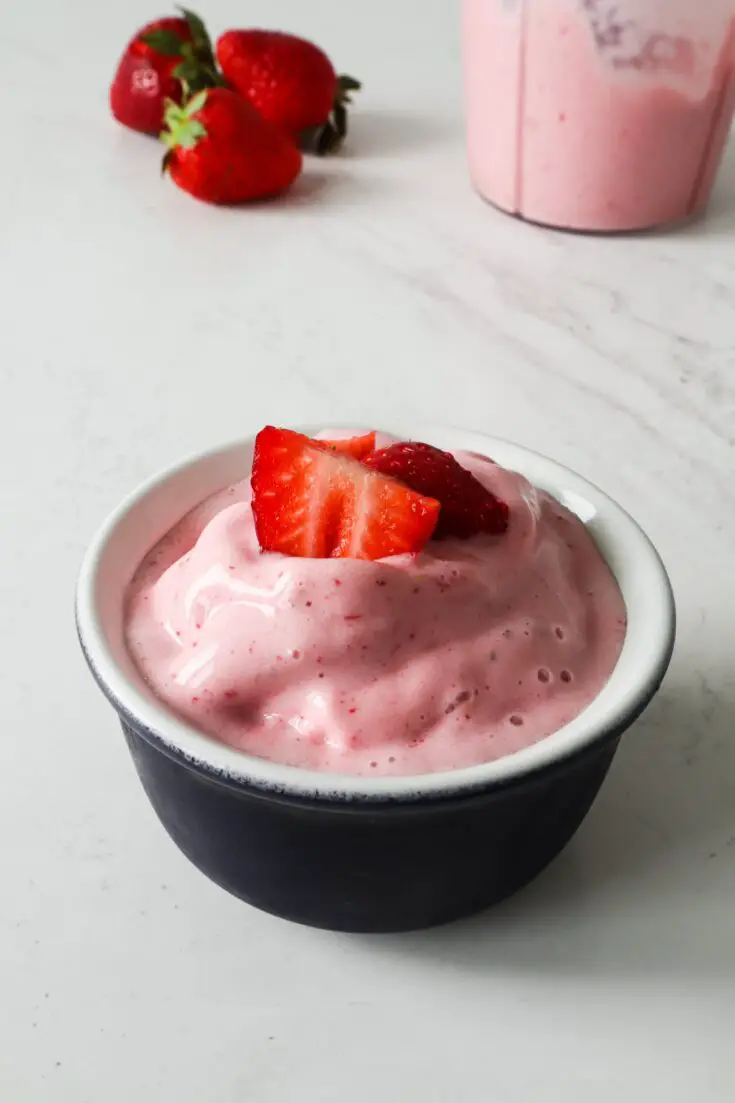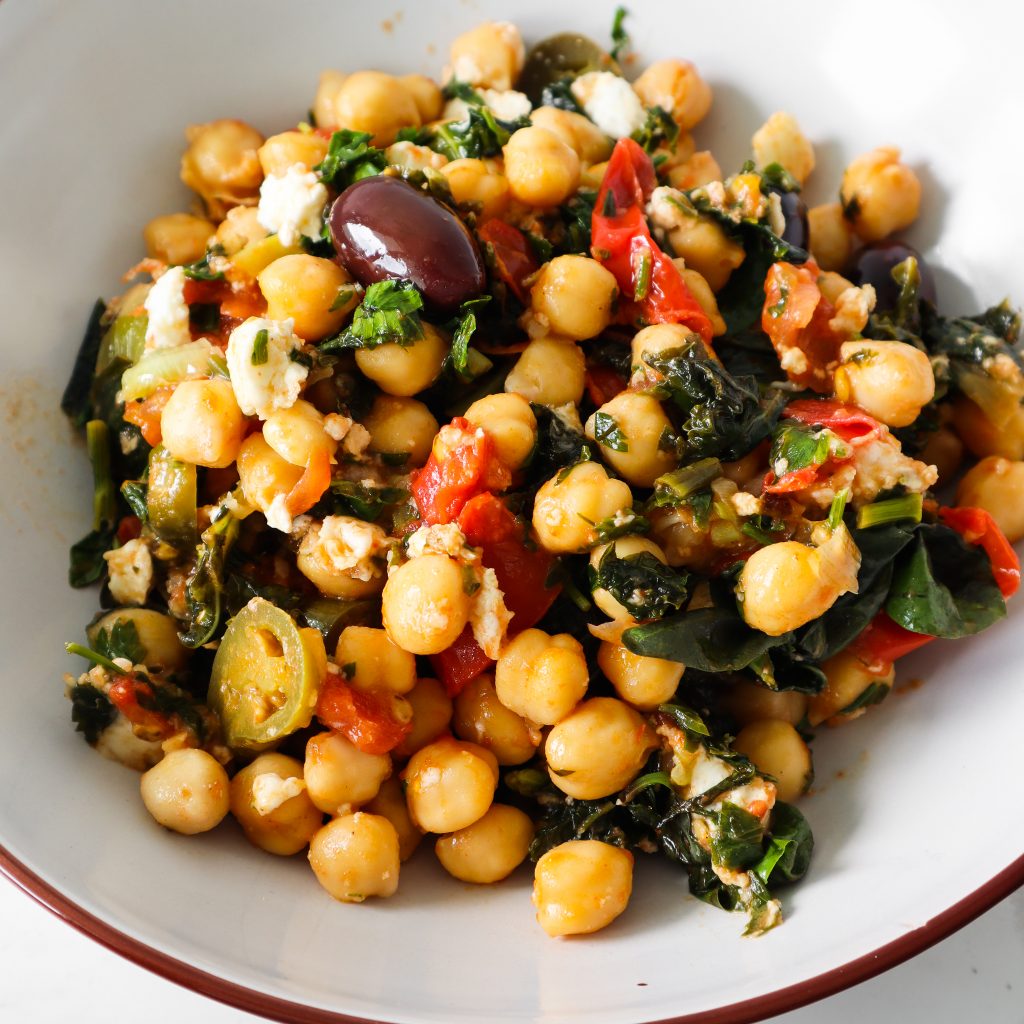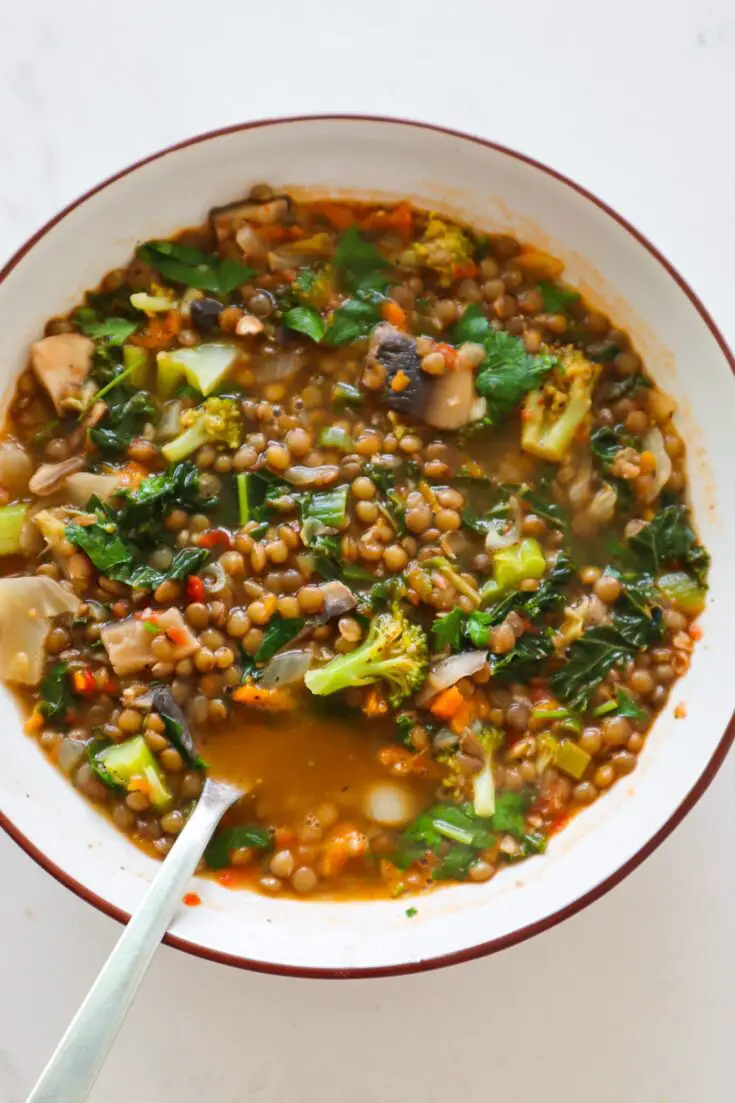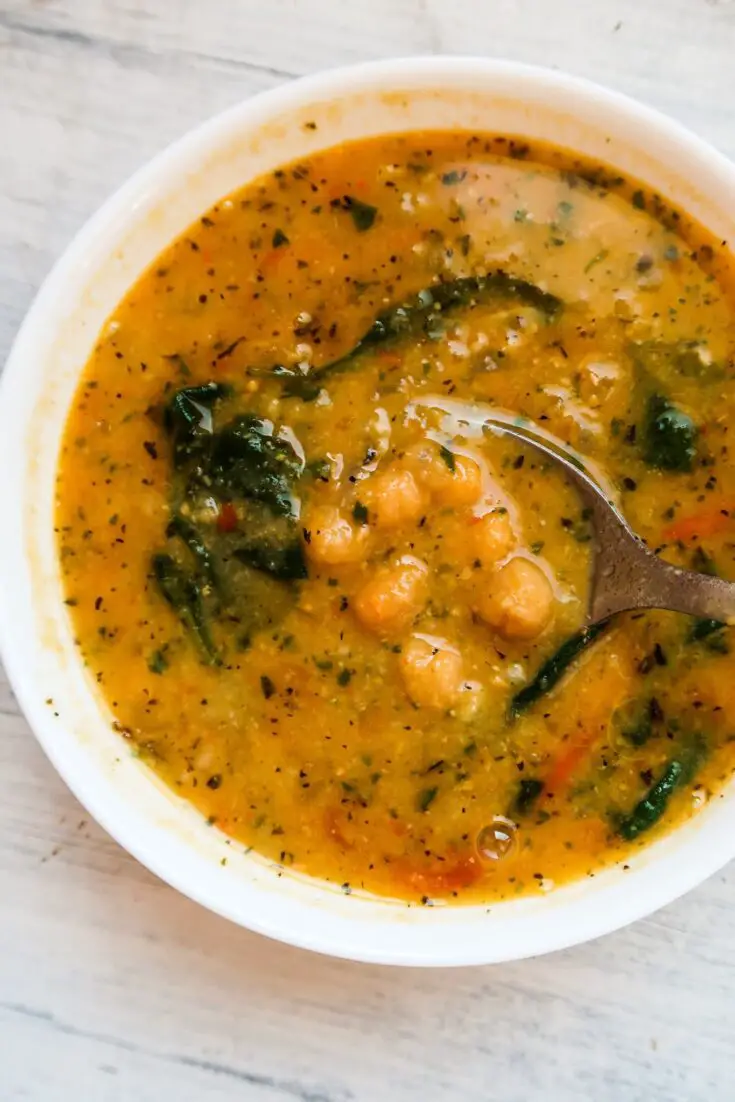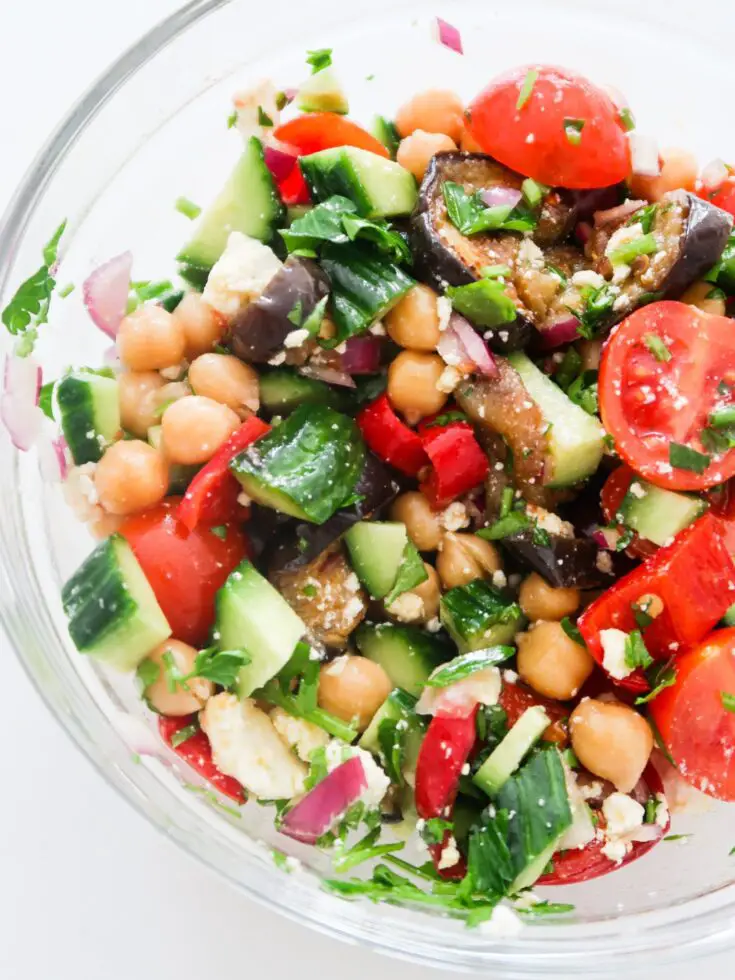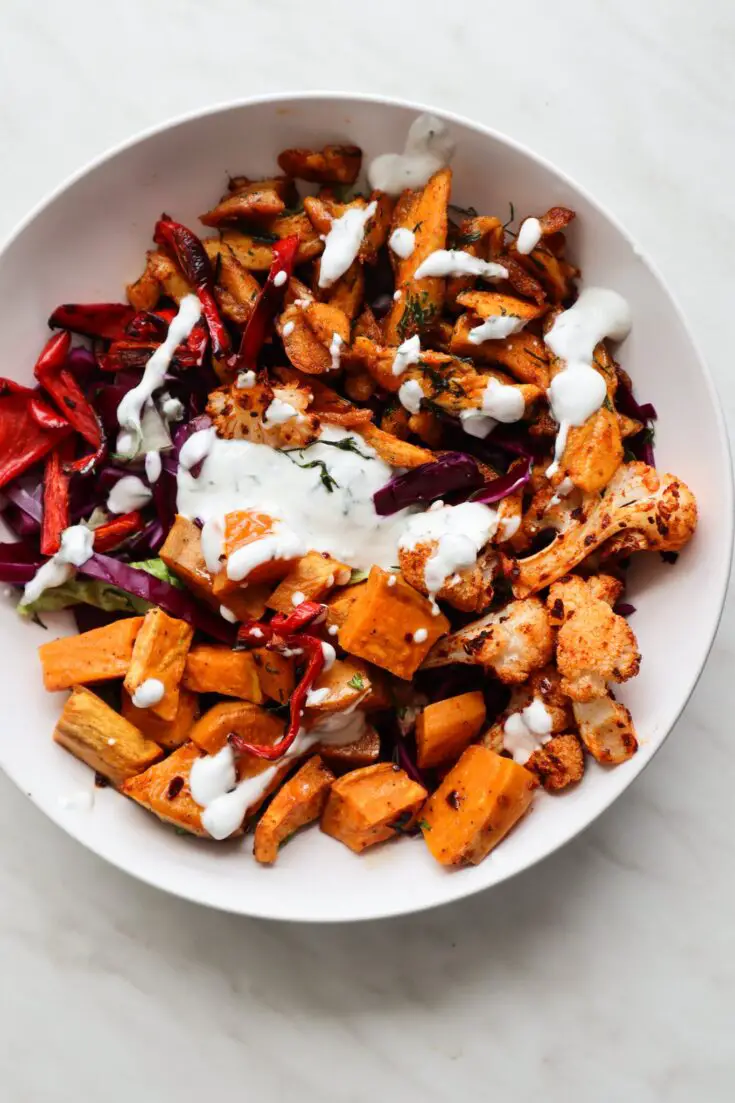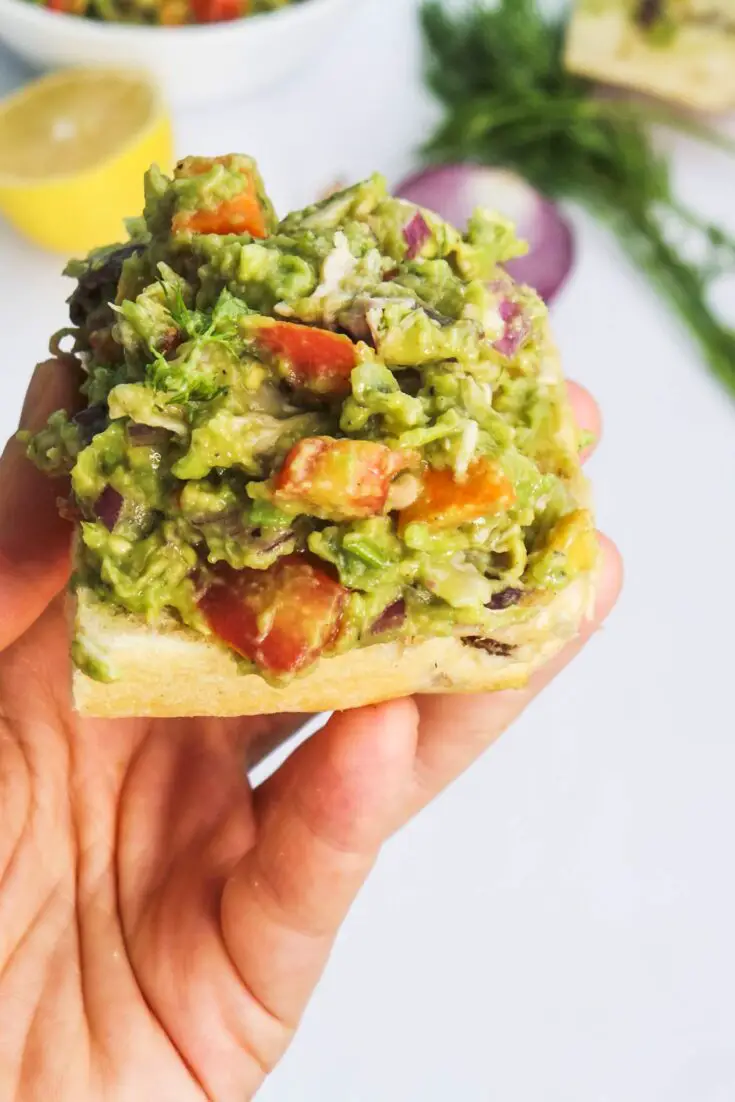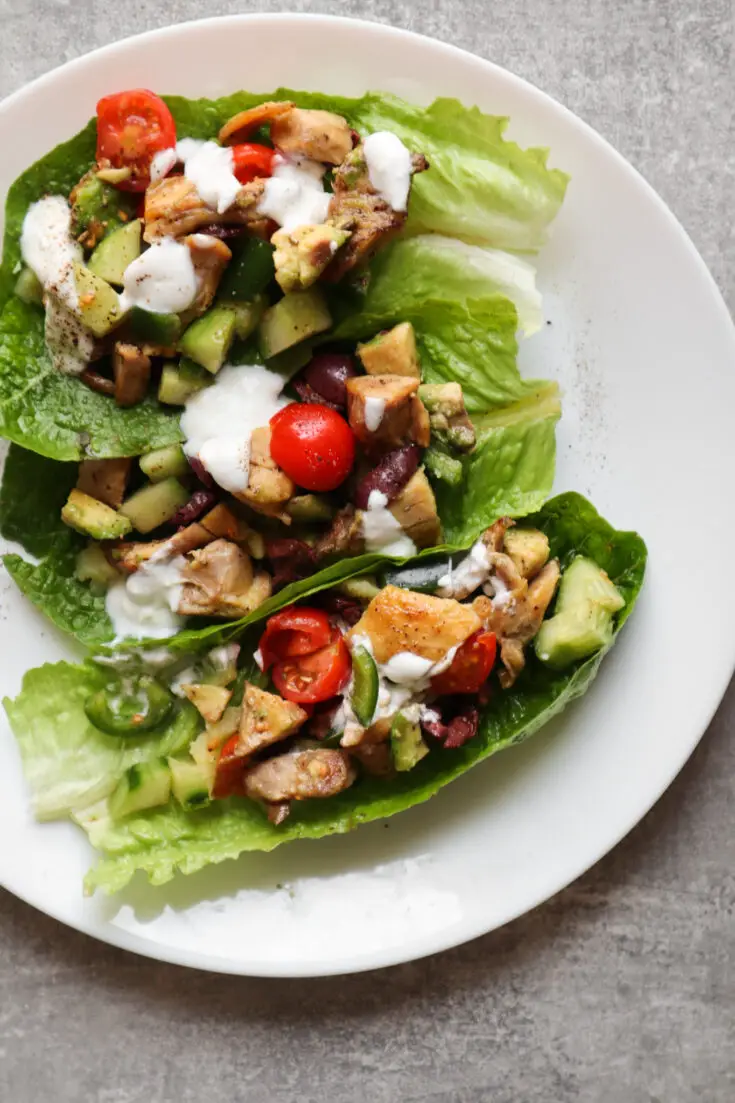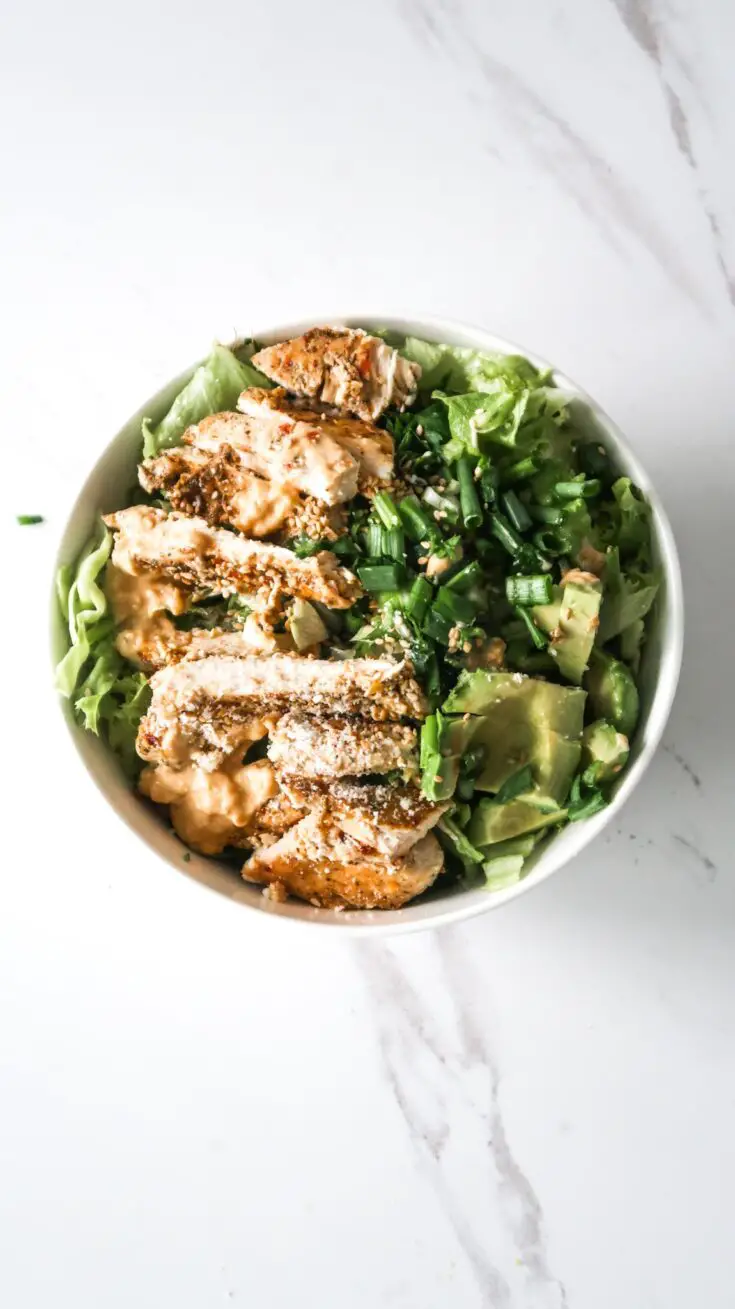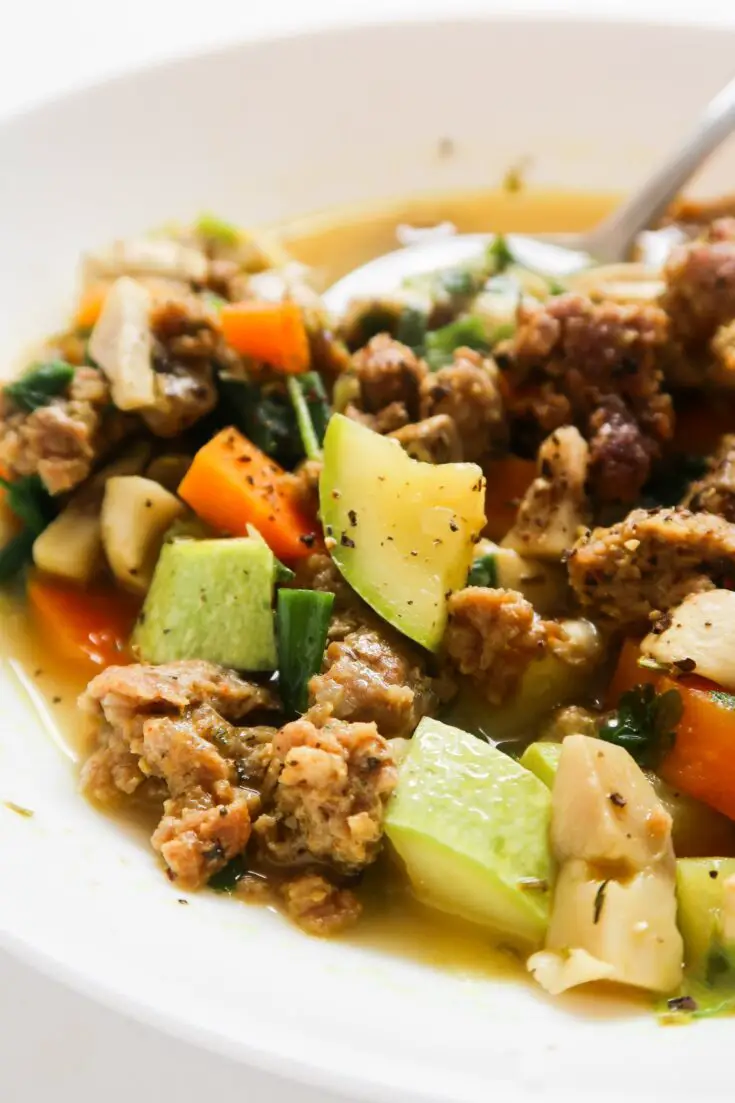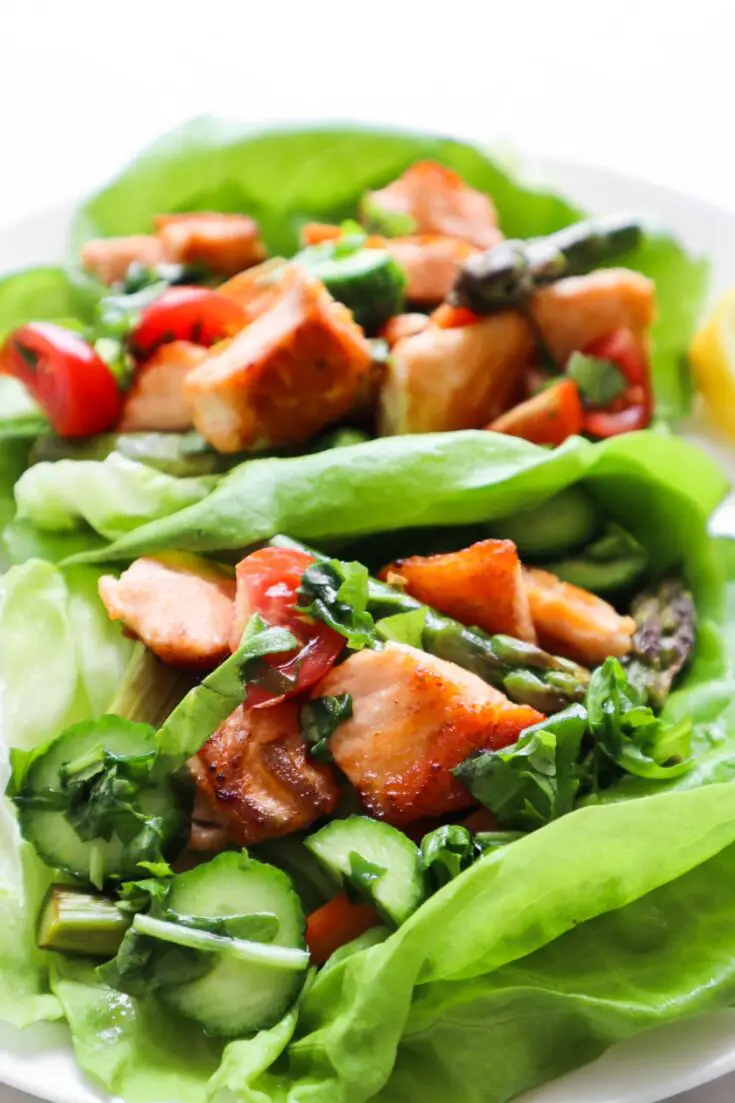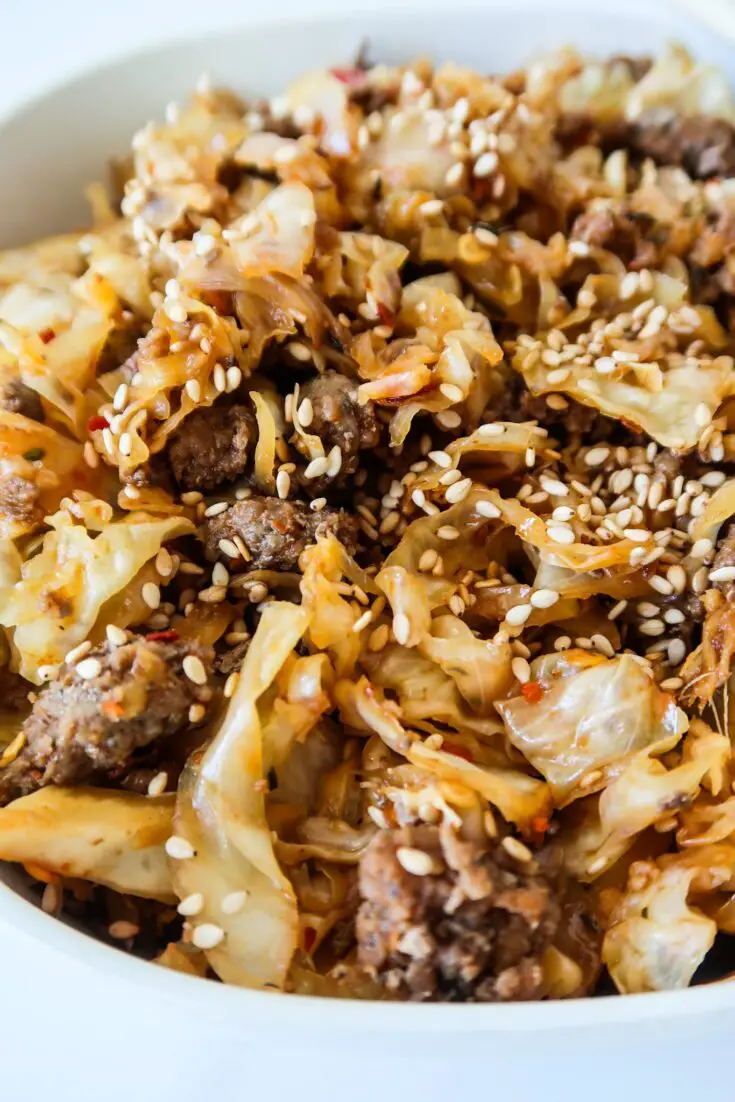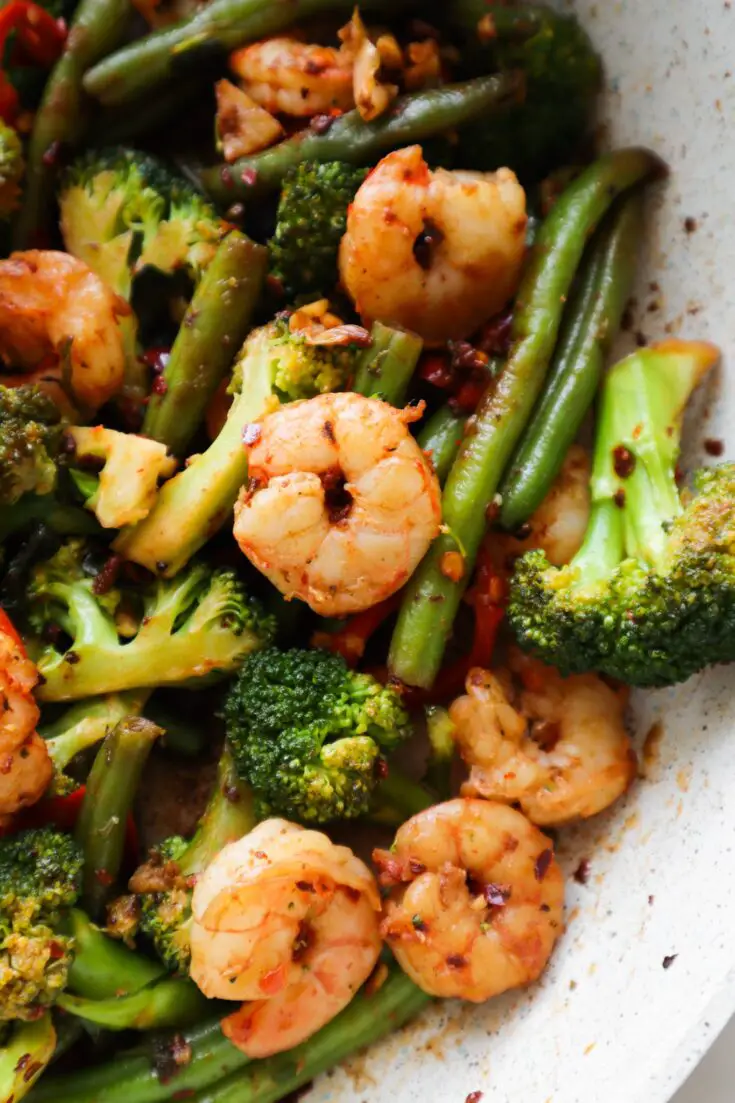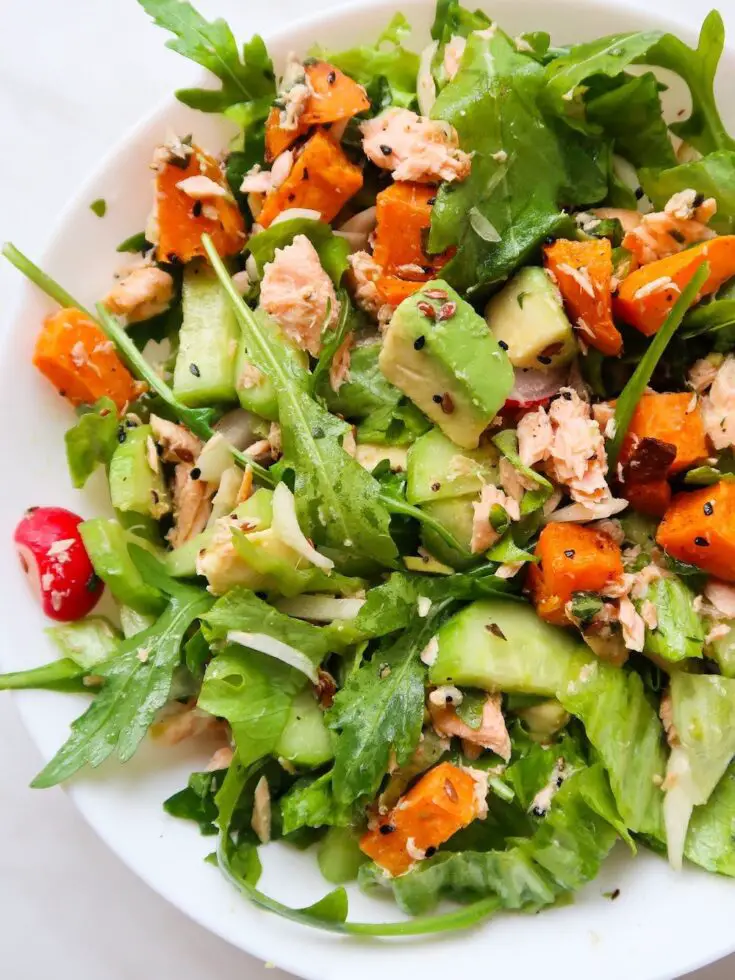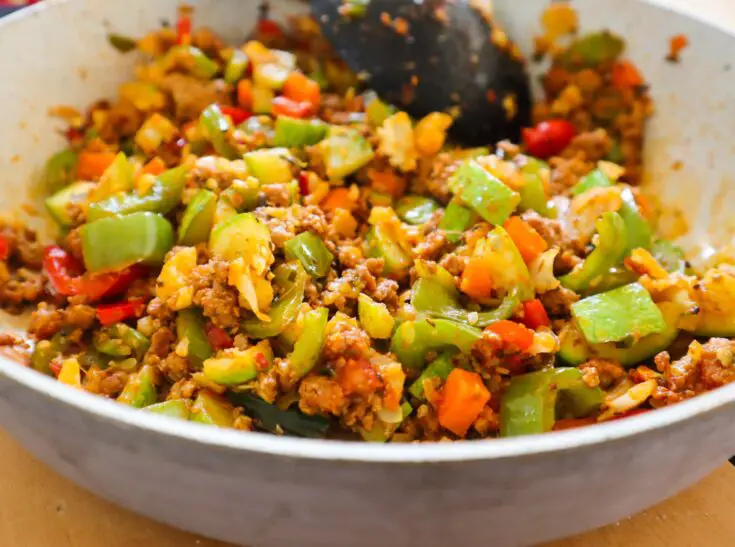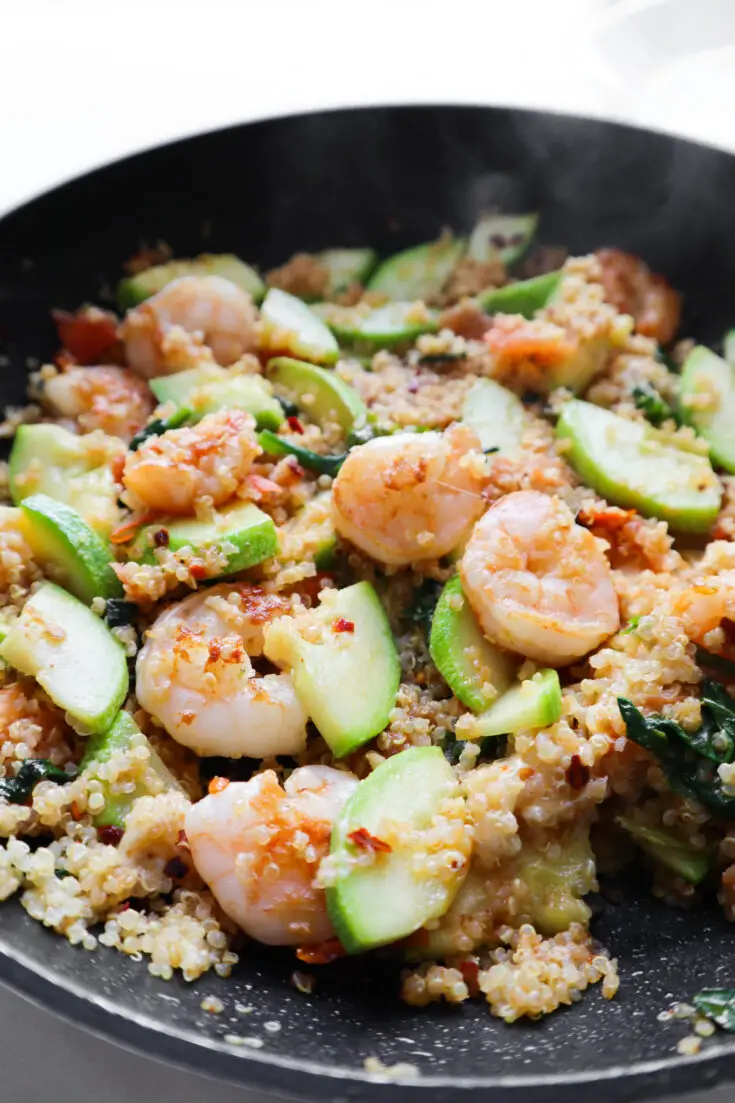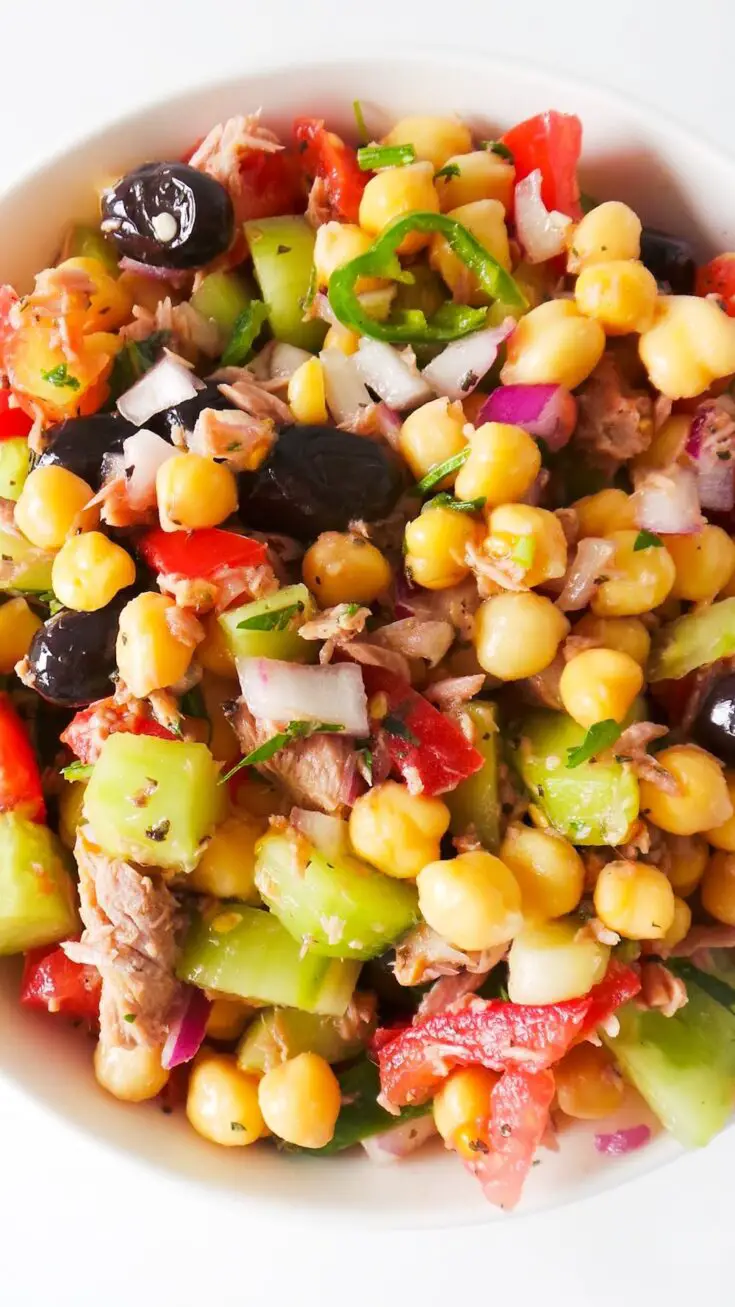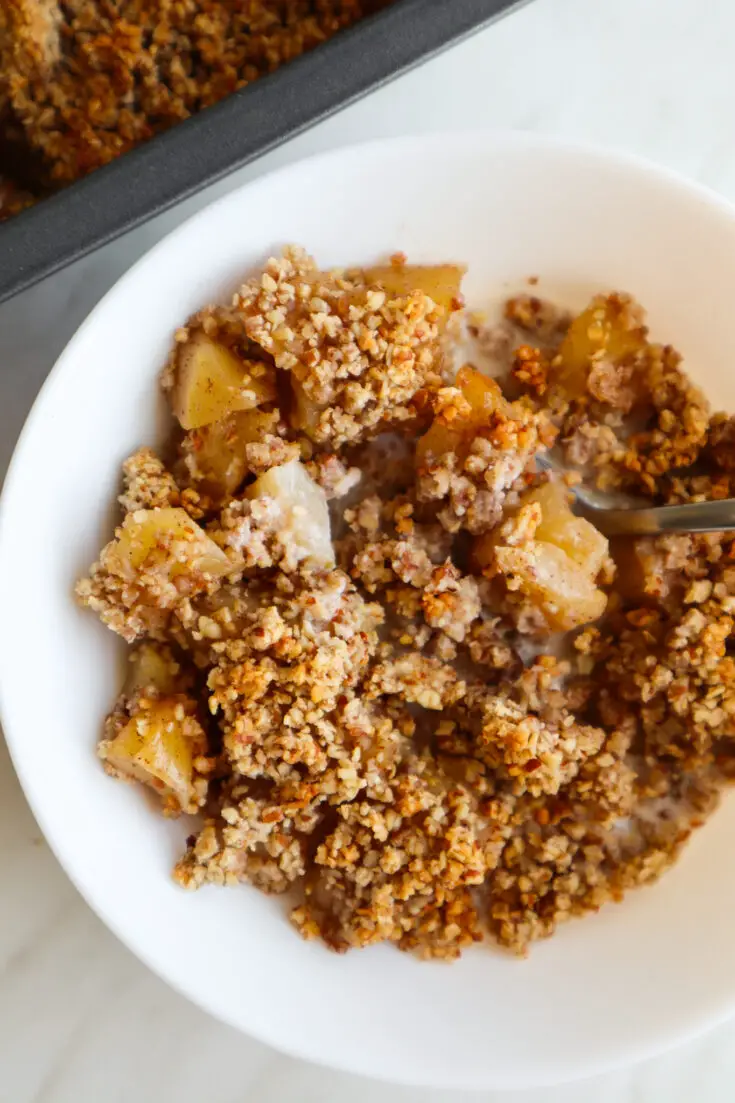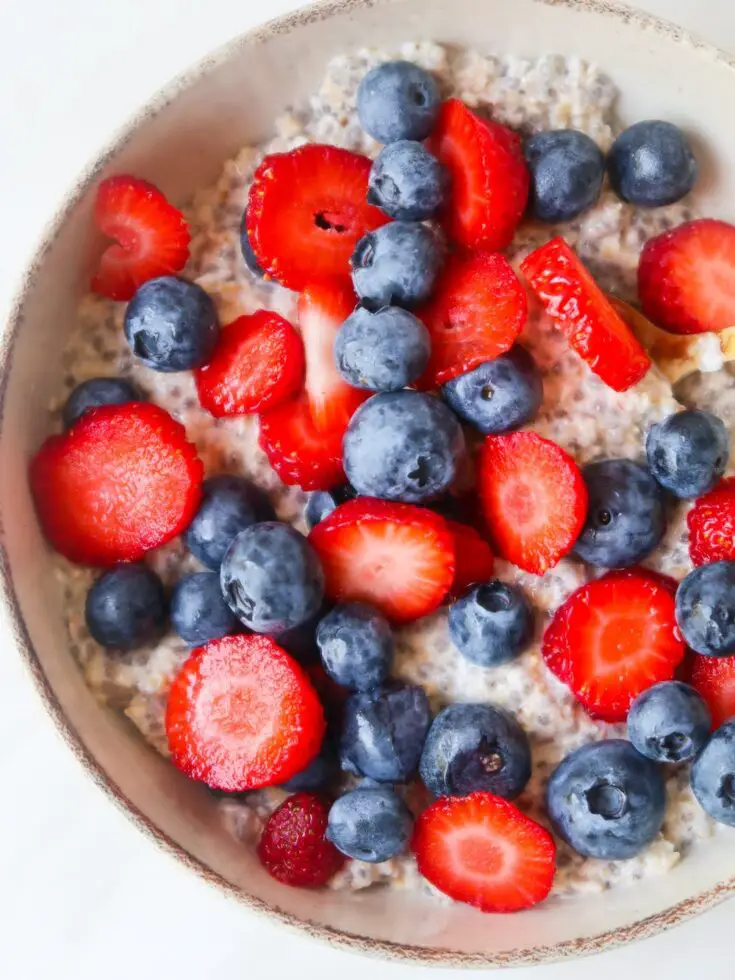Healthy weight loss recipes are a great way to achieve weight loss goals without sacrificing taste or nutrition. Eating a balanced diet that includes healthy fats, lean proteins, and plenty of fruits and vegetables is essential for maintaining a healthy weight. However, it can be challenging to find recipes that are both healthy and delicious.
Fortunately, there are many healthy weight loss recipes available that are easy to prepare and taste great. These recipes are typically low in calories, high in fiber, and packed with nutrients to help you feel full and satisfied. Whether you’re looking for breakfast, lunch, dinner, or snack ideas, there are plenty of options to choose from. By incorporating healthy weight loss recipes into your diet, you can achieve your weight loss goals while still enjoying delicious food.
Understanding Healthy Weight Loss
Benefits of Losing Weight
Losing weight can have many benefits for a person’s overall health. Maintaining a healthy weight can reduce the risk of developing chronic diseases such as diabetes, heart disease, and certain types of cancer. Additionally, weight loss can improve one’s mental health and self-esteem.
When a person loses weight, they also reduce the strain on their joints, which can help alleviate joint pain. This is especially important for those who are overweight or obese, as excess weight puts added pressure on the joints.
The Science of Weight Loss
Weight loss occurs when a person burns more calories than they consume. This can be achieved through a combination of diet and exercise. To lose weight, a person must create a calorie deficit by consuming fewer calories than they burn.
Eating a healthy diet that is rich in fruits, vegetables, whole grains, and lean proteins can help a person achieve their weight loss goals. Additionally, regular exercise can increase the number of calories a person burns each day, helping them to achieve a calorie deficit.
It is important to note that healthy weight loss is a gradual process. Rapid weight loss can be harmful to a person’s health and is often not sustainable in the long term. A healthy rate of weight loss is one to two pounds per week.
In summary, understanding healthy weight loss involves knowing the benefits of losing weight and the science behind weight loss. By making healthy lifestyle changes such as eating a balanced diet and engaging in regular exercise, a person can achieve their weight loss goals and improve their overall health.
Principles of Healthy Eating
Macronutrients and Micronutrients
To achieve healthy weight loss, it is important to consume a balanced diet that includes macronutrients and micronutrients. Macronutrients include carbohydrates, proteins, and fats, which provide the body with energy. Micronutrients include vitamins and minerals, which are essential for the proper functioning of various bodily processes.
A balanced diet should include a variety of foods from each macronutrient group, such as whole grains, lean proteins, and healthy fats. It is important to avoid processed and high-calorie foods, which can lead to weight gain and other health problems.
Portion Control
Portion control is another important principle of healthy eating. Eating too much of any food, even healthy foods, can lead to weight gain. It is important to pay attention to portion sizes and to eat slowly, allowing the body time to register feelings of fullness.
Using smaller plates and bowls can help with portion control, as can measuring food portions with measuring cups or a food scale. It is also important to avoid eating while distracted, such as while watching TV or working on a computer, as this can lead to overeating.
Balanced Diet
A balanced diet is key to healthy weight loss. This means consuming a variety of foods from all food groups, including fruits, vegetables, whole grains, lean proteins, and healthy fats. It is important to avoid fad diets or extreme calorie restriction, as these can be harmful to the body and lead to nutrient deficiencies.
In addition to consuming a balanced diet, it is important to stay hydrated by drinking plenty of water throughout the day. Sugary drinks should be avoided, as they can contribute to weight gain and other health problems.
Overall, healthy weight loss requires a balanced diet that includes a variety of foods from all food groups, portion control, and staying hydrated. By following these principles of healthy eating, individuals can achieve their weight loss goals while maintaining good health.
Healthy Weight Loss Recipes: Delicious and Nutritious Meal Ideas
5-Minute Mediterranean Bowl - Vegan Meal Prep Recipe
You might say, I saved the best for last, because these last three recipes are among my favorites. This one is super easy to make with hummus, tzatziki, tomatoes, cucumbers and it just tastes so right!
20-Minute Spicy Cauliflower Rice With Ground Turkey
You’ll truly be amazed at how incredible this simple cauliflower rice recipe tastes! So good I make it every week when cauliflower is in season.
Healthy Sweet Potato Salmon Bowls
Roast the Brussels sprouts, sweet potatoes and bake the salmon to make these easy and satisfying meal prep bowls for the week!
Easy Yogurt Bark | Healthy Snack Recipe - Her Highness, Hungry Me
will keep well in the fridge for basically forever…well at least a month and it’s such a refreshing tasty treat!
Almond Flour Banana Cookies (Vegan & Paleo) - Beauty Bites
Another version of banana cookies! These are so good, with a slight flavor of banana and almonds, they keep well in the fridge for many days and are such a great snack.
Crustless Tuna Breakfast Quiche (Meal Prep & Low Carb Option) - Her Highness, Hungry Me
This is a super tasty make-ahead tuna recipe that you can even turn into egg muffins as well. Great for breakfast or lunch.
Homemade Healthy Granola Recipe (In A Pan)
Make a batch and keep it in a jar for 5-7 days. Serve with yogurt or milk of choice and fruit.
Yogurt with Berries and Nuts | Easy Breakfast Idea
These yogurt bowls are simple, ready in 5 minutes and taste great!
Healthy Ice Cream CHERRY Smoothie Recipe
Frozen pitted cherries are the secret ingredient in this delicious shake!
10-Minute Healthy Apple Crumble Recipe - Homemade Mastery
I love this easy apple crumble, it tastes fantastic and you can make it on the stove in 10 minutes.
Easy Low-Carb Cheesecake - High-Protein, No Bake, GF
Cheesecake, but healthier. Higher in protein and lower in fat this recipe is a great way to enjoy something sweet when you’re striving to lose weight.
Healthy Coconut Banana Cookies
These cookies are great for a quick snack when you want something sweet. They’re also a great way to use up some old bananas!
Easy Chia Pudding Recipe
Try chia pudding if you haven’t already! I was super hesitant, but it’s actually super creamy and really good with some berries and peanut butter on top.
3-Ingredient Healthy Ice Cream (No Machine)
Always have some frozen fruit in your fridge! This way you can make a healthy ice cream in no time! This one’s a winner and the perfect refreshment on a hot day.
One-Pan Mediterranean Chickpea Dinner - Her Highness, Hungry Me
All you need for this wonderful vegetarian weight loss recipe is canned chickpeas, feta cheese and some vegetables that you want to use up! The entire thing is ready in about 15 minutes.
Easy Lentil Vegetable Soup
Lentil soup, but with some extra vegetables. It’s light, yet satiating and rich in fiber and plant protein – great for weight loss!
Healthy Spicy Chicken And Roasted Vegetable Bowls - Beauty Bites
Healthy Chicken Salad With Avocado (Paleo, Low Carb, Gluten Free) - Her Highness, Hungry Me
Chicken Lettuce Wraps Recipe (Mediterranean-Style + Meal Prep) - Her Highness, Hungry Me
20-Minute Healthy Ground Beef & Cabbage Recipe - Homemade Mastery
Healthy Vegan Overnight Oats Recipe for Heart, Skin and Brain Health
Healthy Weight Loss Recipes
Losing weight can be a challenging task, but it doesn’t have to be boring or tasteless. With a little creativity, you can enjoy delicious and healthy meals that will help you achieve your weight loss goals. Here are some healthy weight loss recipes to get you started.
Breakfast Options
Starting your day with a healthy breakfast can set the tone for the rest of the day. Here are some breakfast options that are healthy and tasty:
- Oatmeal with Fruit: Cook rolled oats with water or milk and top with fresh fruit, such as berries, bananas, or apples. Oatmeal is high in fiber and will keep you feeling full until lunchtime.
- Greek Yogurt Parfait: Layer Greek yogurt with fresh fruit and granola for a protein-packed breakfast that will keep you satisfied.
Lunch Selections
Lunchtime can be a challenge when you’re trying to lose weight, but these healthy lunch options will help you stay on track:
- Salad with Grilled Chicken: Top a bed of greens with grilled chicken, vegetables, and a light dressing for a healthy and filling lunch.
- Turkey and Avocado Wrap: Roll up sliced turkey, avocado, and vegetables in a whole wheat wrap for a quick and easy lunch that’s packed with protein and fiber.
Dinner Ideas
Dinner is often the largest meal of the day, but it doesn’t have to be heavy or unhealthy. Here are some dinner ideas that are both healthy and satisfying:
- Baked Salmon with Vegetables: Bake salmon fillets with a side of roasted vegetables, such as broccoli, asparagus, or Brussels sprouts, for a healthy and delicious dinner.
- Stir-Fry with Tofu and Vegetables: Stir-fry tofu and vegetables, such as bell peppers, onions, and carrots, in a little bit of oil and soy sauce for a low-calorie and high-protein dinner.
Snacks and Sides
Healthy snacks and sides can help you stay on track between meals. Here are some options that are both tasty and good for you:
- Hummus and Vegetables: Dip sliced vegetables, such as carrots, cucumbers, and bell peppers, in hummus for a healthy and satisfying snack.
- Roasted Sweet Potato Fries: Cut sweet potatoes into fries, toss with a little bit of oil and seasoning, and bake in the oven for a healthy and delicious side dish.
These healthy weight loss recipes are just a few examples of the many delicious and nutritious meals you can enjoy while losing weight. By incorporating healthy eating recipes into your diet, you can achieve your weight loss goals while still enjoying tasty and satisfying food.
Meal Planning and Prep
Weekly Meal Planning
Planning meals ahead of time is a crucial step in achieving healthy weight loss. By planning meals for the week, individuals can ensure they have healthy options available and avoid the temptation of unhealthy fast food or processed snacks.
To start, individuals should consider their schedule for the week and plan meals accordingly. They should also take into account any dietary restrictions or preferences. It may be helpful to create a meal planning template or use a meal planning app to streamline the process.
Grocery Shopping Tips
Once the meals for the week are planned, it’s time to hit the grocery store. To ensure healthy options are available, individuals should aim to shop the perimeter of the store where fresh produce, lean proteins, and whole grains are typically located.
It’s also important to read labels and avoid processed foods high in added sugars, sodium, and unhealthy fats. Purchasing in-season produce and buying in bulk can also save money and reduce food waste.
Meal Prep Techniques
Meal prep is the process of preparing meals in advance to make healthy eating more convenient throughout the week. There are several meal prep techniques that can be used, such as batch cooking, pre-chopping vegetables, and pre-portioning snacks.
Batch cooking involves cooking large quantities of food at once and portioning it out for several meals throughout the week. Pre-chopping vegetables can save time during meal preparation, and pre-portioning snacks can help prevent overeating.
By incorporating meal planning and prep techniques into their routine, individuals can set themselves up for success in achieving their healthy weight loss goals.
Lifestyle Considerations
Exercise and Physical Activity
Incorporating regular exercise and physical activity into a weight loss plan can be beneficial for both physical and mental health. Exercise can help increase muscle mass, which in turn can increase metabolism and aid in weight loss. Additionally, physical activity can help reduce stress and improve mood, which can also positively impact weight loss efforts.
Some examples of physical activity that can be incorporated into a weight loss plan include brisk walking, jogging, cycling, swimming, and strength training. It is recommended to aim for at least 150 minutes of moderate-intensity aerobic exercise per week, as well as two or more days of strength training.
Sleep and Weight Loss
Getting adequate sleep is an important aspect of a healthy lifestyle and can also aid in weight loss efforts. Lack of sleep can disrupt hormones that regulate hunger and satiety, which can lead to overeating and weight gain. Additionally, inadequate sleep can increase stress levels, which can also negatively impact weight loss efforts.
It is recommended to aim for 7-9 hours of sleep per night for adults. Establishing a consistent sleep schedule and creating a relaxing bedtime routine can help improve sleep quality.
Stress Management
Stress can be a major barrier to weight loss, as it can lead to emotional eating and a decrease in physical activity. Implementing stress management techniques can help reduce stress levels and improve weight loss efforts.
Some examples of stress management techniques include mindfulness meditation, deep breathing exercises, yoga, and spending time in nature. It is important to find a stress management technique that works for the individual and to incorporate it into a daily routine.
Overall, incorporating lifestyle considerations such as exercise, sleep, and stress management into a weight loss plan can improve the likelihood of success.
Common Challenges and Solutions
Plateaus and How to Overcome Them
One of the most common challenges people face when trying to lose weight is hitting a plateau. This occurs when the body adapts to a new diet or exercise routine and stops losing weight. To overcome this, it’s important to mix up your routine. Try new recipes, increase the intensity of your workouts, or add strength training to your routine. Additionally, make sure you’re getting enough sleep and managing stress, as these can also impact weight loss.
Eating Out and Social Events
Eating out and attending social events can be a challenge when trying to lose weight. However, there are ways to navigate these situations while still maintaining a healthy diet. When eating out, choose grilled or baked options instead of fried, and opt for salads or vegetables as a side dish. It’s also important to watch portion sizes and avoid overeating. When attending social events, bring a healthy dish to share and focus on socializing rather than just eating. Additionally, don’t be afraid to say no to unhealthy food options or ask for modifications to make them healthier.
Maintaining Motivation
Maintaining motivation can be difficult when trying to lose weight, especially if progress is slow or if setbacks occur. It’s important to set realistic goals and track progress to stay motivated. Celebrate small victories along the way, such as fitting into a smaller size or increasing the weight lifted during a workout. Additionally, find a support system, whether it’s a friend or family member, a support group, or a personal trainer. They can provide encouragement and accountability to help stay on track. Finally, remember that weight loss is a journey and it’s okay to have setbacks. The important thing is to keep moving forward and not give up.

